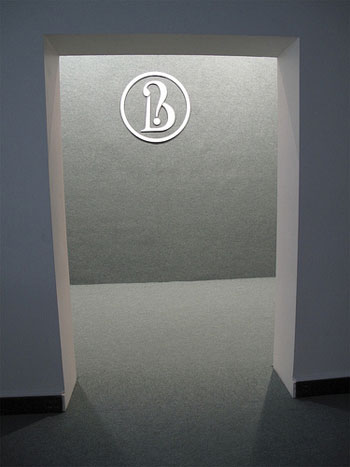
Bergen Biennial Conference
In September, the Bergen Kunsthall hosted “To Biennial or Not to Biennial” in Bergen, Norway. The goal was to gather a group of people in the arts to discuss the effect and the potential of biennials on a global scale. Here are a few observations noted by Quinn Latimer (who blogged for Art21 not too long ago!) in a two-part article in Frieze Magazine (full articles here and here):
Noting that our current biennials are structurally indebted to these perennial exhibitions of the past, [MIT art historian Caroline A.] Jones argued that at the same time the biennial form has created key structural shifts – that, essentially, ‘biennial culture is the term we can use to describe this appetite for art as experience.’ One of her most interesting points was that the 21st century’s emphasis on experiential art works – now sometimes derided as ‘biennial art’ – is an echo of the 19th century, suggesting that the 20th century’s emphasis on form ultimately failed. If videos and installations are the genre of the new millennium, Jones claimed, then biennials are ‘their regulating salons.’ Since biennials have changed the art world, we must acknowledge that the ‘placement of the art object inside a world picture produces both the object’s and the picture’s significance.’ She then laid out her central philosophical question: ‘What are the conditions of possibility for the global work of art?’
Laura Steward, the Phillips Director of SITE Santa Fe, offered perhaps the funniest observation of the conference. Sighing, she asked: ‘Do you think it’s possible to exhaust your local audience?’ Pointing to biennials in ‘exotic’ locales like Santa Fe, Tirana or Bergen, she cited her own biennial, for which international artists often want to do site-specific works with the local community. ‘The Navajos are telling us: enough with your German artists already!’ To laughter, she offered an example for Bergen: ‘Will there be a work about the fish market in every biennial?’




Pingback: What’s Cookin at the Art21 Blog: A Weekly Index | Art21 Blog